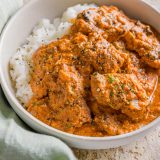It’s a relay of impossible intricacy. Thousands of men rushing across Mumbai each morning, darting between houses, retrieving stacks of multi-tiered metal pails, each nestling a warm home-cooked lunch composed of maybe a dozen dishes, always rice, chapati, dal and at least one curry. Loaded onto long wooden racks, the lunches are hoisted, coded, sorted and bundled onto trains that jostle and rollick them across the sprawling city.
At the end station, a second set of men collects the pails, fanning forward to deliver them deskside to office workers whose mothers, wives and sisters woke early to prepare them. Some 5,000 of these men—the dabbawalas—deliver more than 280,000 lunches a day, astonishingly misdirecting just one out of every 6 million. And an hour later, they reverse the system, retrieving and returning the pails to their homes so the race can run afresh the next day.
Such is the dedication to home cooking in Mumbai, the hard line between it and restaurants rarely crossed. A line I nonetheless was determined to push. I’d come to the city to learn one of India’s most recognizable dishes—butter chicken. Done properly, it is a well-sauced chicken that is a marriage of tastes and textures—creamy, charred, rich, bright, meaty and saucy. Done poorly, its flavors lay muddled under a dense heft of cream and butter.
Except from the moment I’d arrived, I was told butter chicken never is prepared at home. A victim of its own technique. Hunks of chicken are marinated overnight in a bright red paste of oil, yogurt, garam masala, garlic, ginger and mild Kashmiri chili powder. Thrust onto sword-like skewers, the chicken then is plunged upright into large barrel-like tandoor ovens that can approach 900°F. Charred and glistening red, at this stage it is tandoor chicken and can be served as is.
But take that chicken and sauce it liberally—more oil, more garlic and ginger, tomatoes, pureed cashews, chili, honey, butter and cream—and then cook it in a skillet until thick and slathered, and you have butter chicken. But as tandoors are uncommon in homes, so goes butter chicken.
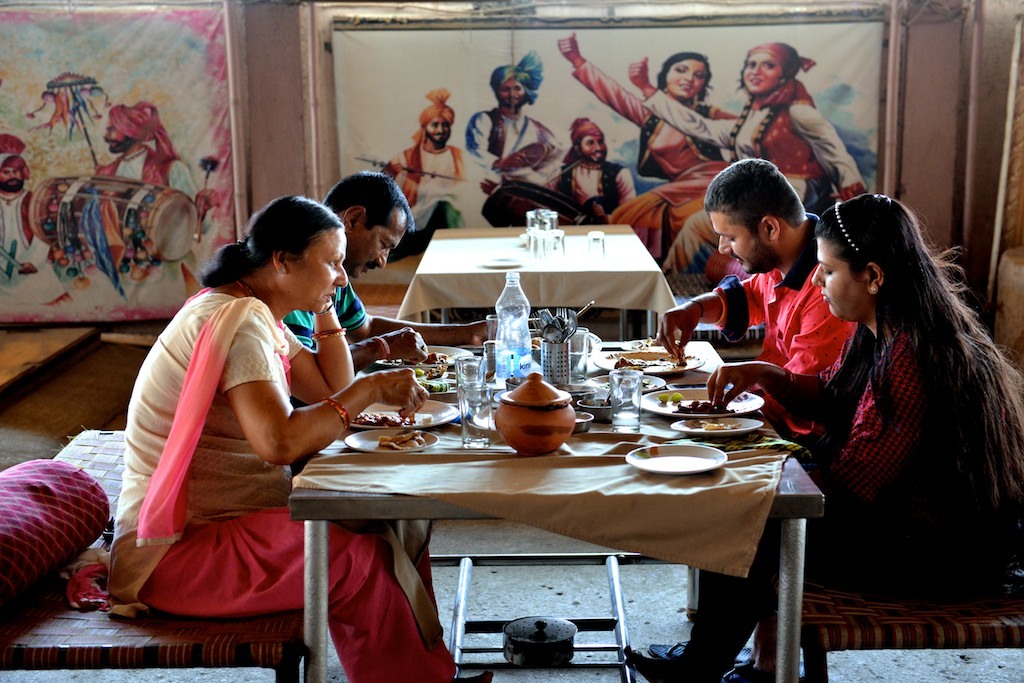
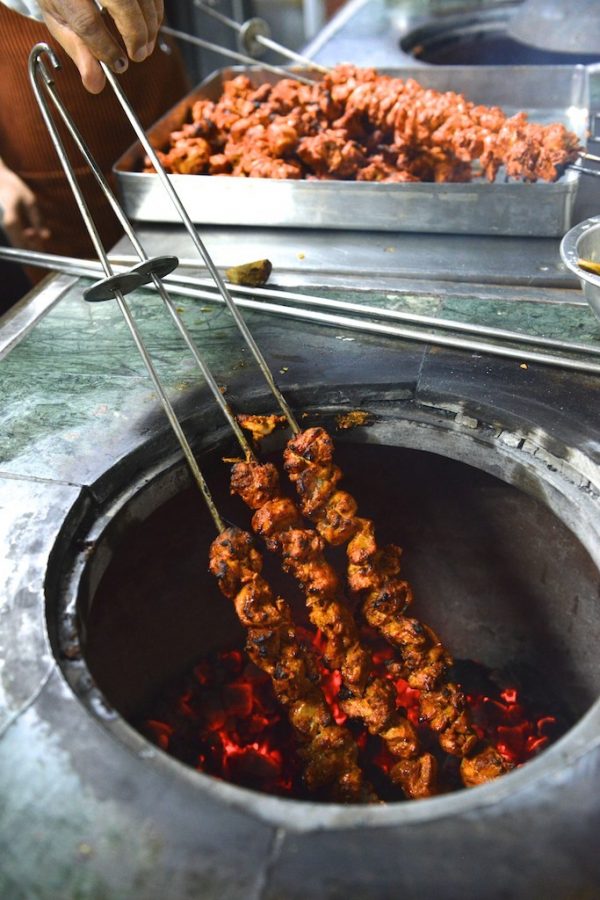
Tandoor ovens, which can reach 900°F, combine the best elements of baking, grilling and smoking in one beehive-shaped earthenware pot. Originating in the Thar Desert of India and Pakistan, the tandoor eventually spread throughout the Middle East and central Asia. In traditional tandoors, fires are burned in the bottom center of the oven. Skewered meats are cooked either set over the opening or propped upright in the cavity. Either way, fat drips onto the coals, which burns and smokes the meat. Flatbread dough can be slapped onto the inside wall of the oven, where it sticks and blisters quickly.
On the Tandoor Trail
Which is how i found myself on a dusty, tractor trailer-swept strip of National Highway 48. I was told the best butter chicken is served at the dhabas—or truck stops—that line this road. Open-air affairs, often little more than massive collections of flimsy tables and plastic chairs clustered around a collection of tandoor ovens, your soundtrack the rush of traffic whipping past under a scorching sun. Except most of the cooks considered my mission—to learn a home cook-friendly version of butter chicken—so absurd they wouldn’t even discuss it with me.
It wasn’t until visiting a fourth dhaba that day—Dara’s Dhaba—that I even got to taste the dish. Under a wide thatched roof over a concrete floor, I sat at one of a long line of metal tables and mesh benches. Bollywood-inspired art on the half-walls, a 650-milliliter Kingfisher beer on the table. The chicken came quickly and was rich, savory, a little spicy, a lot creamy and accompanied by bowls of thickly sliced red onion, lemon wedges, mint and cilantro chutney, and tangy pickled mango.
The owner allowed me into the kitchen—three tandoors, two for bread and one for meat—but only to see the initial cooking of the chicken—skewered and standing at attention in the tandoor, heat and spice rippling out—not its transformation in the skillet into butter chicken. Fascinating and delicious, but not particularly helpful. It was only the next day that I got to see the entire process start to finish.
Nilesh Limaye, head chef at The Fern, a soaring hotel in Mumbai’s posh Powai neighborhood, sympathized with the cooks I’d approached. Restaurant culture came late to India. Many people still consider them and their food celebratory, not the sort of stuff you’d try to recreate at home. Tandoor cooking is high on that list.
Nonetheless, he agreed to have his sous chef walk me through the recipe. In a kitchen dominated by a long row of tandoors, Deepen Banerjee skewered hunks of chicken dripping with yogurt and chili powder. They were in and out of the tandoor quickly, charred, tender and skillet-ready. The second sauce—built from pureed cashews, tomatoes, cream and the namesake butter—thickened quickly in the pan. Delicious, if heavy. Banerjee repeated a refrain that now felt rote: There really is no substitute for a tandoor.
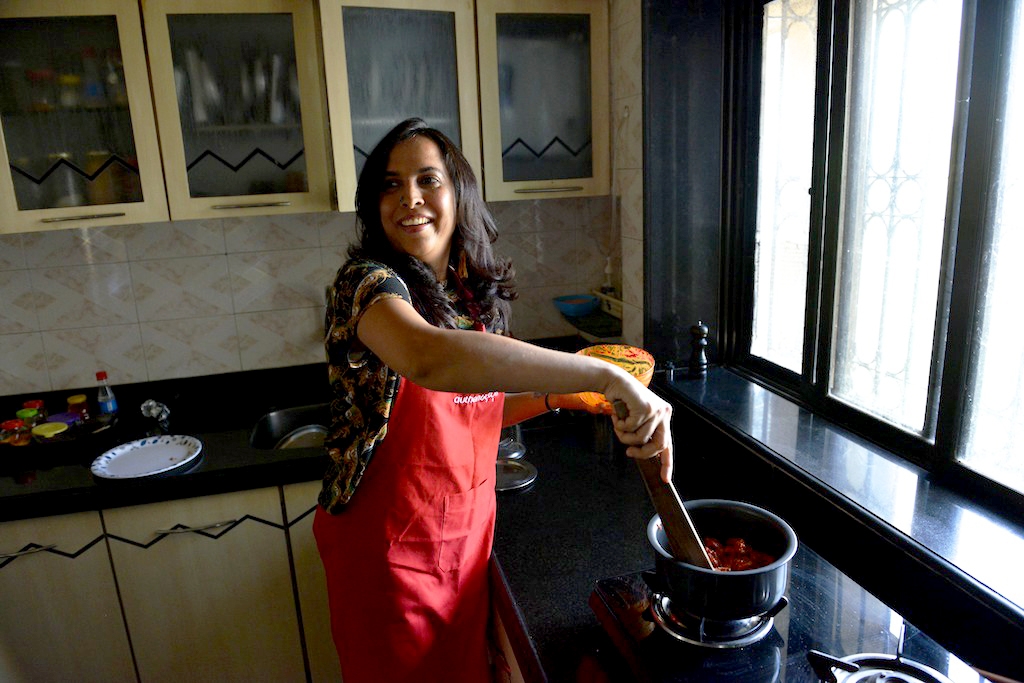
The Home Cook Solution
Turns out, to learn how a home cook should prepare something, it’s best to talk to one. Rumya Misquitta worked mostly in human resources before hosting pop-up dinners and teaching cooking from her home. She thought it funny that so many people tried to dissuade me from making butter chicken. She and her grandmother—from whom she learned to cook—never hesitated to tinker with tradition. And with butter chicken, they’d done much of the work for me.
We sipped nannari—a local sarsaparilla root soda—as she demonstrated her approach. The chicken was marinated in a blend of Kashmiri chili powder, cumin, lime juice, garam masala and yogurt. Sometimes she lets it marinate six hours, sometimes less. Either way, she accepts the impracticality of tandoor cooking at home. She favors the broiler or grill for getting the requisite char on the chicken. And when time is tight, she’ll just brown it in a skillet.
This day, she opted for the latter, dumping the entire thing—chicken and marinade—into a deep skillet, where it simmered down until the liquid was thick, almost dry and coating the pan and meat, and the chicken began to brown.
Meanwhile, Misquitta made the sauce, a puree of ginger, garlic, pureed cashews, chili powder, honey, garam masala, cumin and tomatoes. I tasted and was impressed. Rich, creamy and thick. Buttery, even. It was the cashews, standing in where so many cooks would layer on dairy.
When the chicken was ready, she added the sauce and brought it all to a simmer. As a finishing flourish—just a bit of butter and cream to enhance the body and richness, but not dull the brightness of the sauce. The result? No question, the skillet approach lacked the char of a tandoor, but the sauce made up for it. The pureed cashews gave it just the right richness.
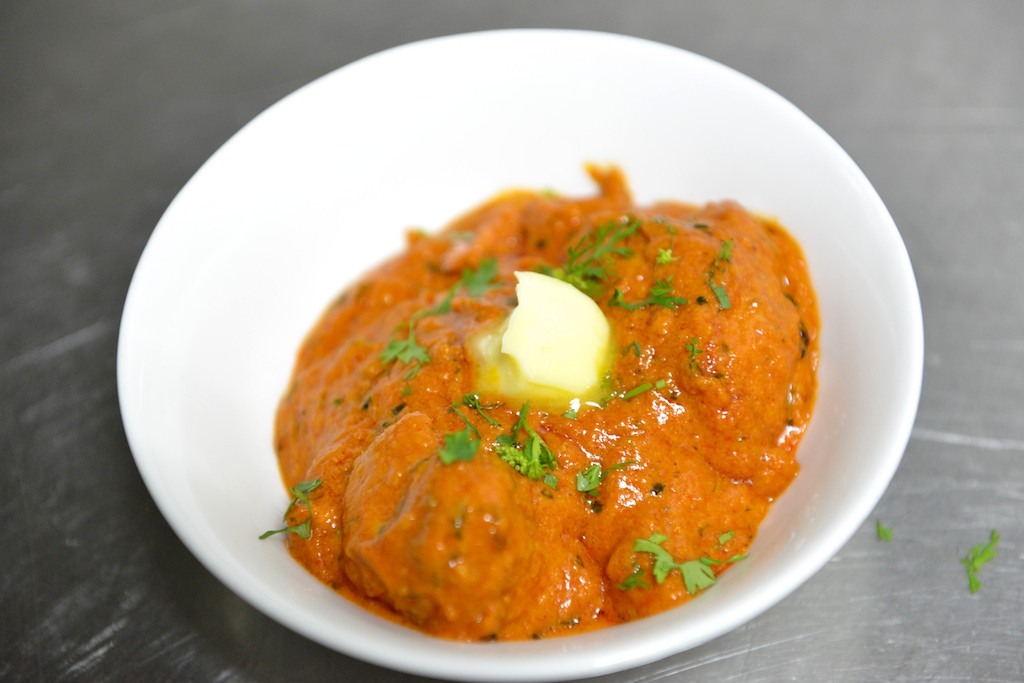
A Richer, Easier Recipe
Back at milk street, we were intrigued by Misquitta’s skillet technique, but agreed with the many cooks before her—browning is nice, but charring is better. So we tried her other suggestion—broiling. Not only did it better crisp and brown the meat, it also was easier and less messy.
The real revelation, though, was her lighter touch with butter and—thanks to that generous hit of pureed cashews—cream. In fact, we were able to eliminate the cream entirely, a move that allowed the other flavors to shine more cleanly. With Misquitta’s help we created the supposedly impossible—a home-cooked butter chicken good enough for a Mumbai lunch.
More from Mumbai
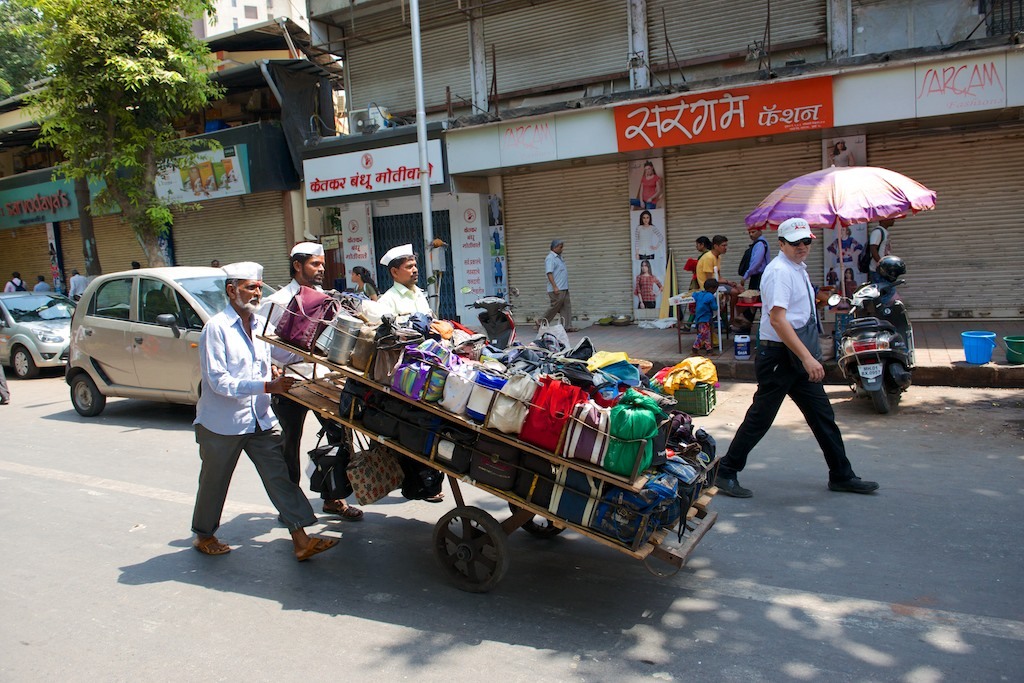
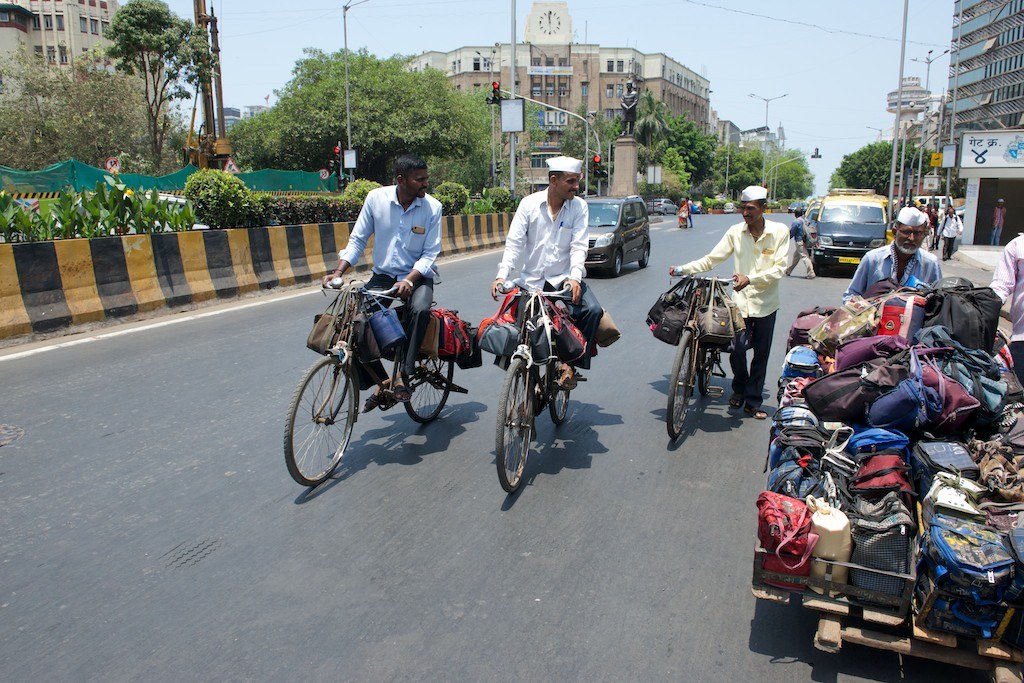
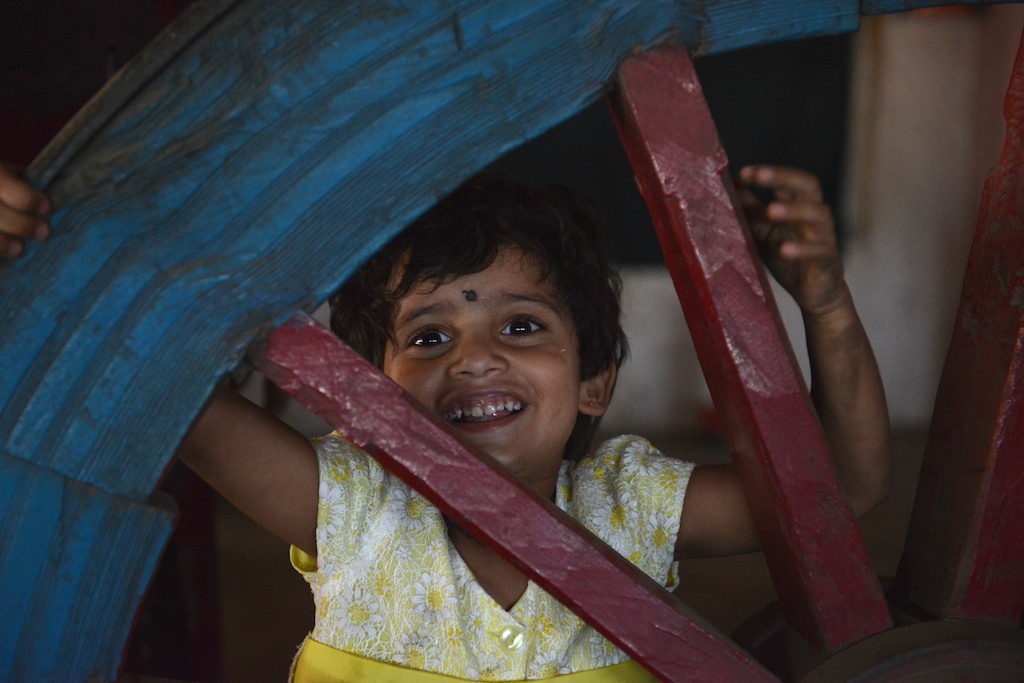
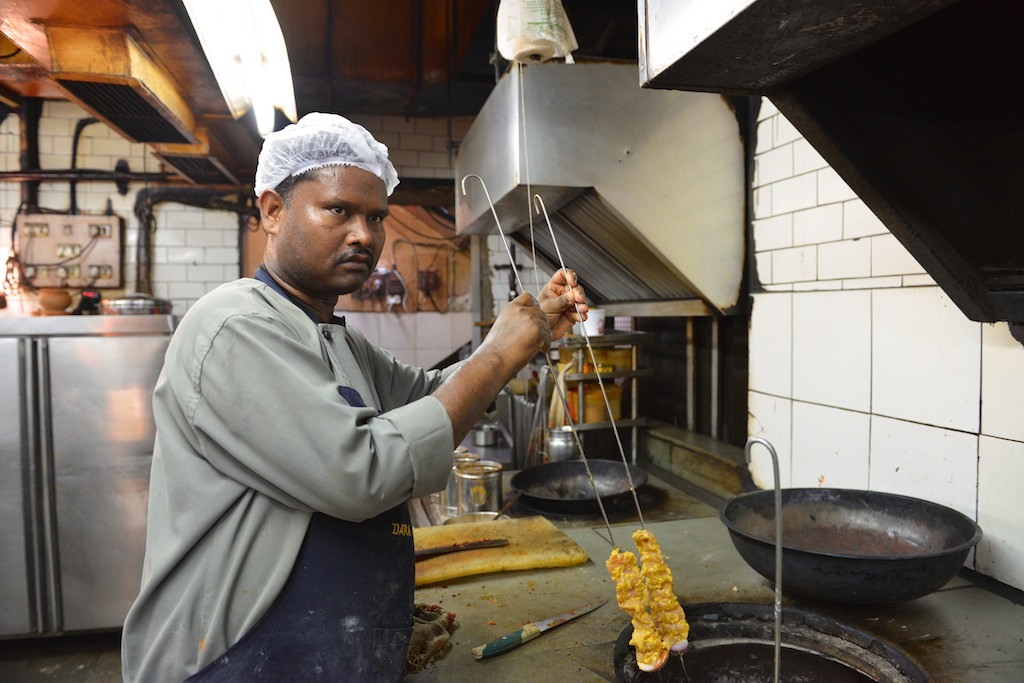
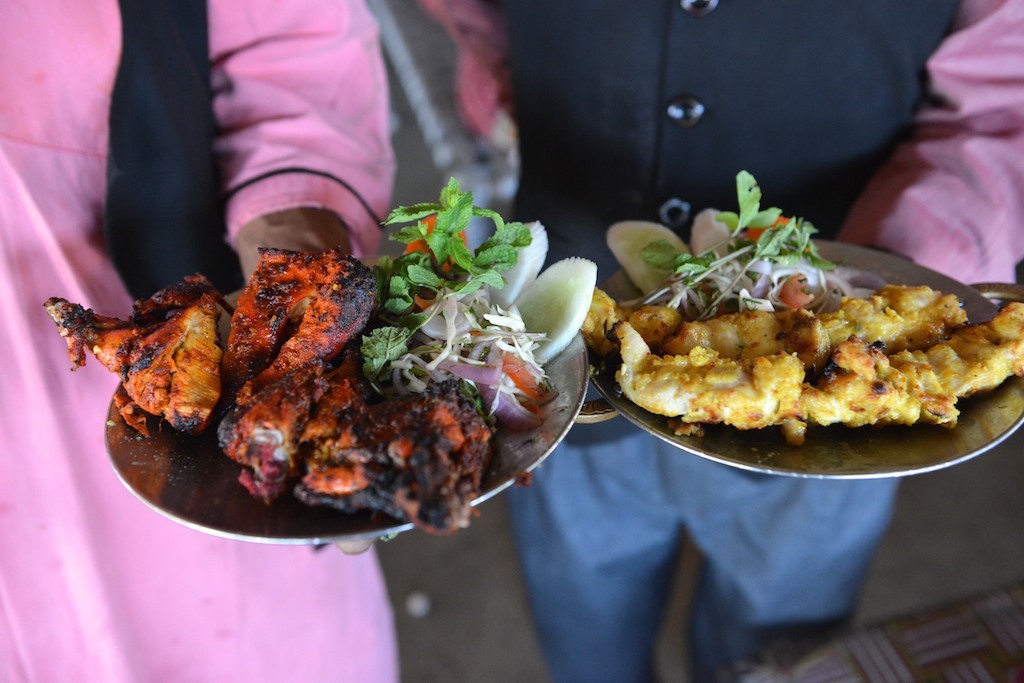
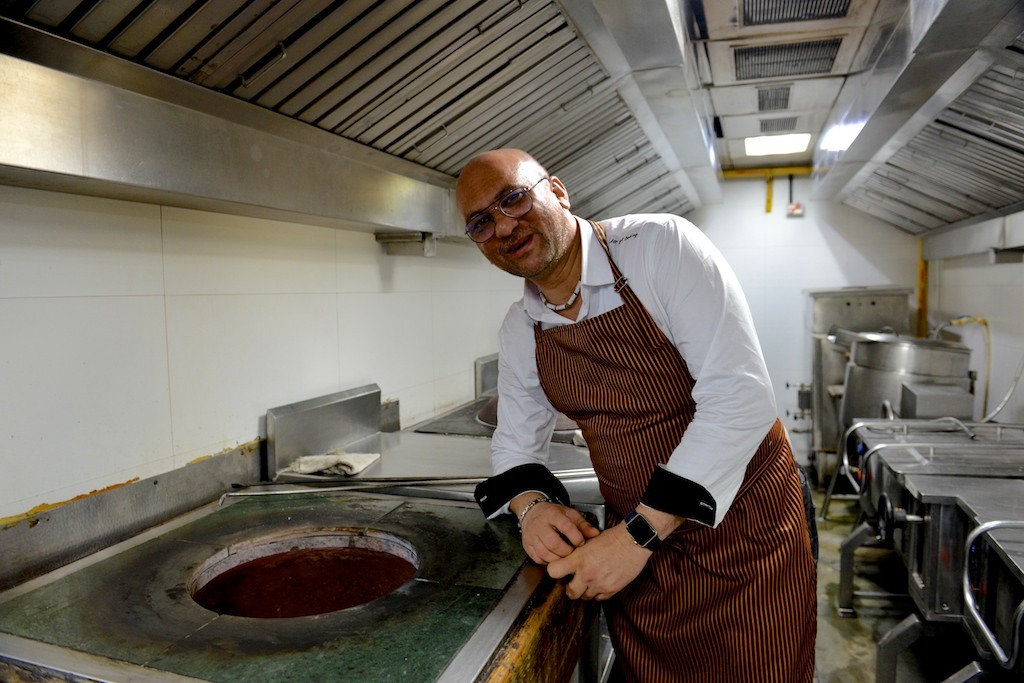
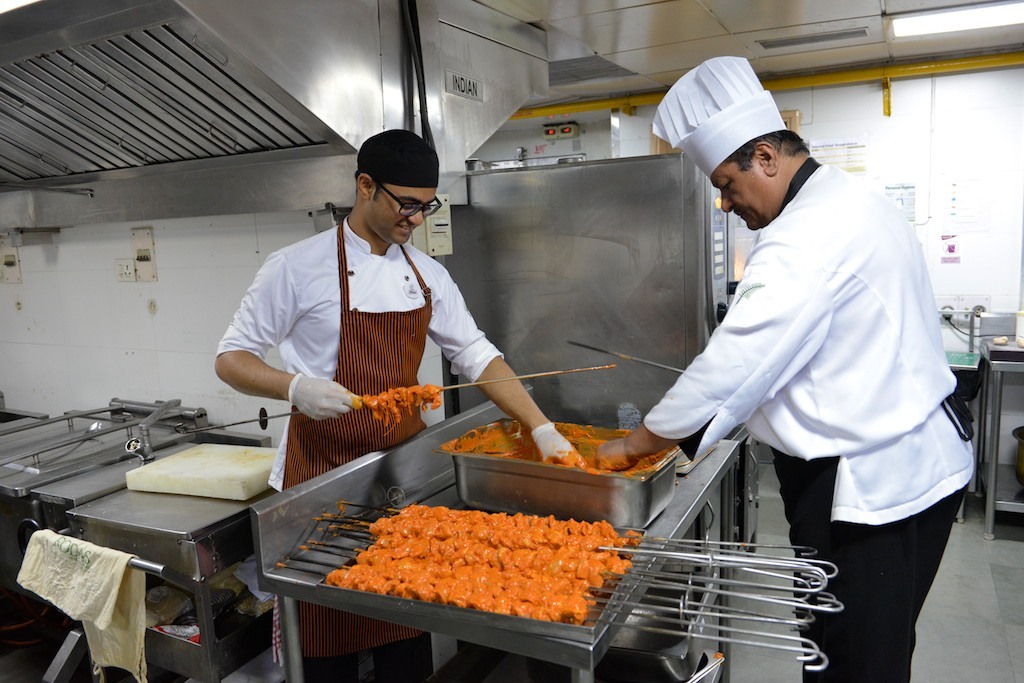
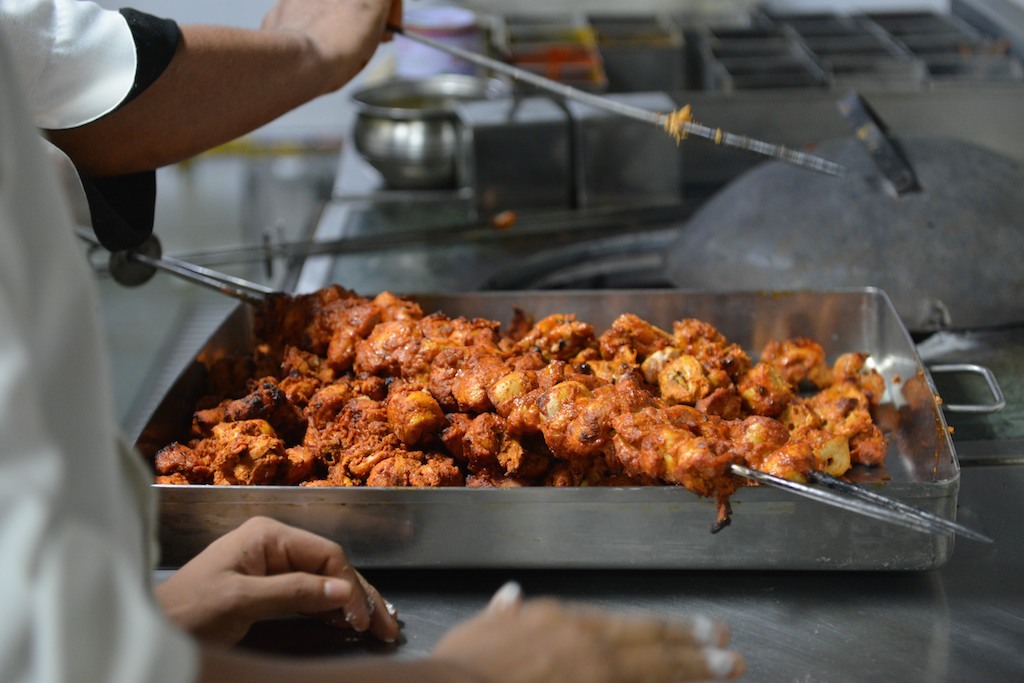
Related Recipes
November-December 2019

Sign up to receive texts
Successfully signed up to receive texts!
We'll only send our very best offers - Like a $15 store credit to start.
By entering your phone number and submitting this form, you consent to receive marketing text messages (such as promotion codes and cart reminders) from Christopher Kimball's Milk Street at the number provided, including messages sent by autodialer. Consent is not a condition of any purchase. Message and data rates may apply. Message frequency varies. You can unsubscribe at any time by replying STOP or clicking the unsubscribe link (where available) in one of our messages. View our Privacy Policy and Terms of Service.
